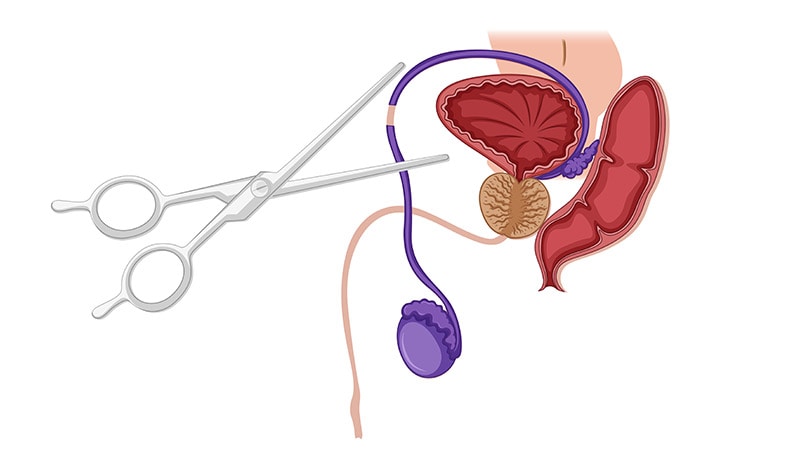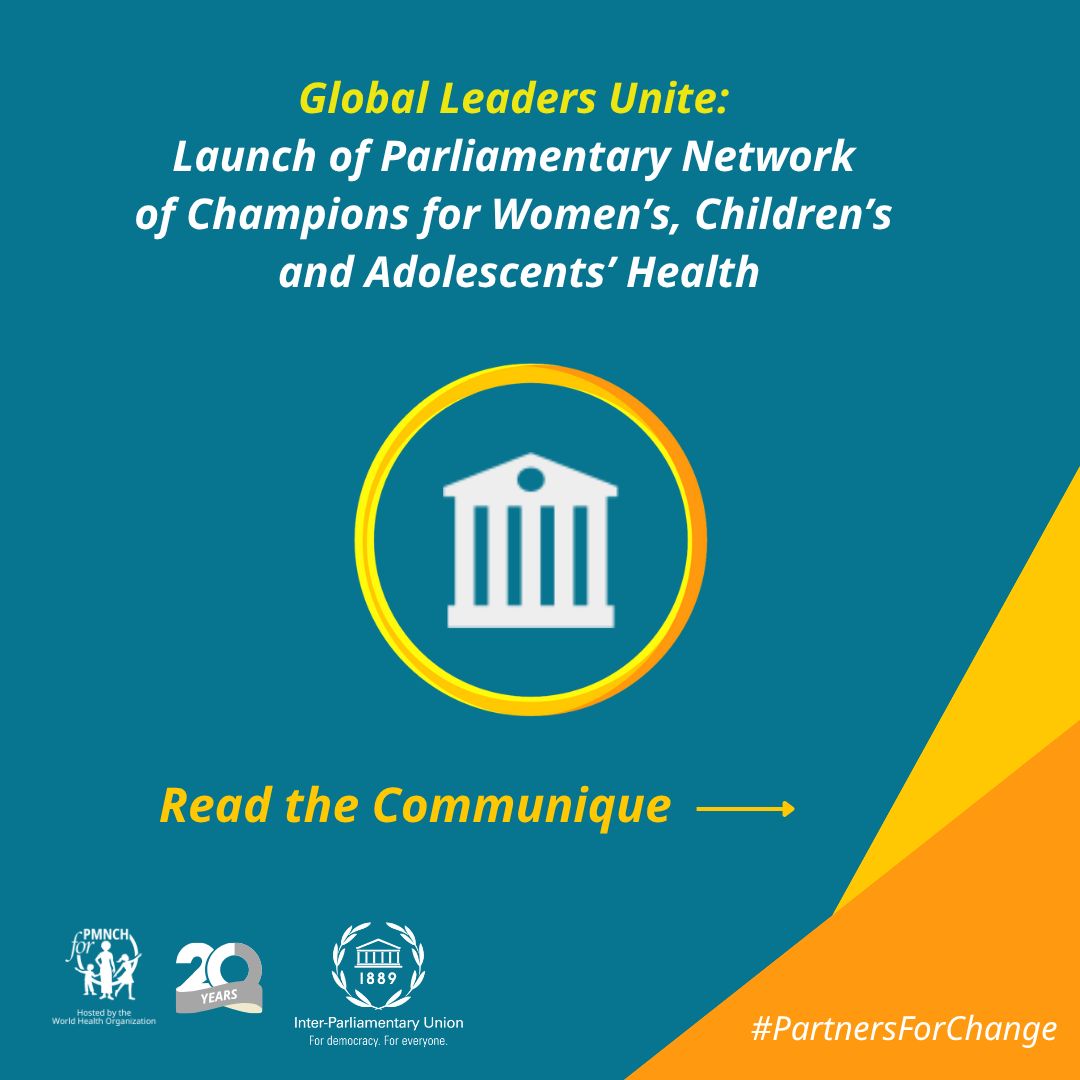Report on a Multi-Faceted Approach to the Opioid Crisis in the United States and its Alignment with Sustainable Development Goals
Introduction: Addressing a Public Health Crisis through the Lens of SDG 3
The United States has experienced a significant public health crisis related to opioid addiction, with fentanyl contributing to over 110,000 drug-related deaths in 2023. However, 2024 marked a notable turning point with a 25% nationwide reduction in fatal overdoses. This report analyzes the strategies contributing to this decline, particularly in North Carolina, and evaluates their alignment with the United Nations Sustainable Development Goals (SDGs), primarily SDG 3: Good Health and Well-being.
Strategic Interventions and SDG Alignment
Harm Reduction and Medication-Assisted Treatment (MAT)
A primary driver of the reduction in fatalities is the adoption of harm reduction strategies, which directly support SDG Target 3.5: Strengthen the prevention and treatment of substance abuse. These strategies prioritize health outcomes over criminalization.
- Medication-Assisted Treatment (MAT): The use of medications such as methadone and buprenorphine has been critical. These treatments reduce cravings and withdrawal symptoms, enabling individuals to stabilize their lives. In North Carolina, enrollment in MAT programs exceeded 30,000 people in 2024, demonstrating a scalable intervention for health and well-being.
- Naloxone Distribution: The widespread availability of Naloxone, an overdose-reversal drug, serves as a critical life-saving tool. In 2024, its administration was reported over 16,000 times in North Carolina, directly contributing to the reduction of premature mortality as outlined in SDG 3.
- Drug Testing Services: To mitigate the risk of consuming street drugs laced with fentanyl, scientific drug-checking services provide users with information about the composition of their substances, empowering them to make safer choices.
Justice System Reform and Socio-Economic Reintegration
Innovative programs are transforming the relationship between law enforcement and individuals with substance use disorders, aligning with SDG 16: Peace, Justice and Strong Institutions and SDG 8: Decent Work and Economic Growth.
- Law Enforcement Assisted Diversion (LEAD): The LEAD program in Fayetteville, North Carolina, exemplifies a partnership that supports SDG Target 16.3 (Promote the rule of law and ensure equal access to justice). Instead of incarceration for low-level offenses, individuals are diverted to health and social services.
- This approach reduces the burden on the justice system, allowing it to focus on more significant crimes.
- By expunging criminal records as part of the recovery process, the program removes a major barrier to employment, directly supporting SDG Target 8.5 (Achieve full and productive employment and decent work for all).
- Case Study in Economic Empowerment: The recovery of individuals like Kayla, who transitioned from addiction to becoming a certified nurse assistant, illustrates the pathway from health recovery (SDG 3) to economic stability and decent work (SDG 8).
Collaborative Frameworks and Future Challenges
Partnerships and Funding for Sustainable Progress
The success of these initiatives is underpinned by strong collaborations, a core principle of SDG 17: Partnerships for the Goals.
- Public and Civil Society Partnerships: The collaboration between the Fayetteville police and the North Carolina Harm Reduction Coalition is a model for SDG Target 17.17.
- Interstate Legal Action: A bipartisan coalition of state attorneys general secured a $60 billion Opioid Settlement from pharmaceutical companies. These funds are mandated for use in prevention, treatment, recovery, and harm reduction, providing a sustainable financial model to continue this work.
Addressing Inequalities and Ensuring Continued Progress
Despite overall success, challenges remain that threaten progress and highlight the importance of SDG 10: Reduced Inequalities.
- Health Disparities: The reduction in overdose fatalities has not been uniform across all demographic groups. Black, indigenous, and non-white populations have experienced slower rates of decrease, indicating a need for targeted interventions to ensure equitable outcomes as per SDG Target 10.3.
- Policy and Funding Uncertainty: Potential cuts to national health insurance programs like Medicaid could jeopardize access to treatment for a majority of patients in recovery, potentially reversing the positive trends and undermining progress toward SDG Target 3.8 (Achieve universal health coverage).
- Generational Shifts: A notable demographic shift shows that Generation Z is avoiding opioids at higher rates than previous generations, suggesting that public awareness and education campaigns are having a positive long-term effect on preventing substance abuse.
Analysis of Sustainable Development Goals in the Article
1. Which SDGs are addressed or connected to the issues highlighted in the article?
-
SDG 3: Good Health and Well-being
The article’s central theme is the public health crisis caused by fentanyl addiction and overdose deaths in the United States. It extensively discusses treatment methods (methadone, buprenorphine), harm reduction strategies (Naloxone, drug testing), and mental health (“The voices in my head just completely went silent”). The significant reduction in fatal overdoses is a direct measure of improved health outcomes.
-
SDG 16: Peace, Justice and Strong Institutions
The article highlights the Law Enforcement Assisted Diversion (LEAD) programme, which is a “partnership between the town’s police and the North Carolina Harm Reduction Coalition.” This program diverts individuals with substance use disorders away from the criminal justice system and towards recovery services. By focusing on rehabilitation over criminalization and wiping criminal records, as in Kayla’s case, it promotes access to justice and builds more effective and accountable institutions.
-
SDG 8: Decent Work and Economic Growth
The connection is shown through the story of Kayla, who, after receiving treatment and support, “graduated as a certified nurse assistant, and is now working in a residential home.” This illustrates the journey from economic vulnerability (funding a drug habit through prostitution) to achieving productive employment and decent work. The article also notes that most patients at a treatment clinic are working once they achieve sobriety.
-
SDG 10: Reduced Inequalities
The article explicitly points out disparities in health outcomes, stating that “the state’s black, indigenous and non-white populations haven’t experienced the same rates of decrease” in overdose deaths. This addresses the challenge of ensuring that progress in public health is equitable and reaches all segments of the population.
-
SDG 17: Partnerships for the Goals
The article provides clear examples of multi-stakeholder partnerships. The LEAD program is a partnership between law enforcement and a civil society organization (North Carolina Harm Reduction Coalition). Furthermore, the successful legal action against opioid manufacturers was a result of a bipartisan partnership between state attorneys general (“There was a Republican attorney general in Tennessee, I’m Democrat in North Carolina… But we’re all caring about our people”).
2. What specific targets under those SDGs can be identified based on the article’s content?
-
SDG 3: Good Health and Well-being
- Target 3.4: Reduce by one-third premature mortality from non-communicable diseases through prevention and treatment and promote mental health and well-being. The article’s focus on reducing the “over 110,000 drug-related deaths” directly aligns with this target of reducing premature mortality.
- Target 3.5: Strengthen the prevention and treatment of substance abuse, including narcotic drug abuse. The entire article is an exploration of this target, detailing harm reduction strategies, medication-assisted treatments (MAT), and diversion programs designed to treat substance abuse.
- Target 3.8: Achieve universal health coverage, including financial risk protection and access to quality essential health-care services. The mention that “70% of patients depend on Medicaid” and the concern over potential funding cuts highlight the importance of health coverage for accessing treatment.
-
SDG 16: Peace, Justice and Strong Institutions
- Target 16.3: Promote the rule of law at the national and international levels and ensure equal access to justice for all. The LEAD program, which diverts people from the criminal system to health services and helps clear criminal records, is a direct implementation of providing alternative and more equitable access to justice.
-
SDG 8: Decent Work and Economic Growth
- Target 8.5: Achieve full and productive employment and decent work for all women and men. Kayla’s success in becoming a certified nurse assistant after overcoming addiction demonstrates progress towards this target.
-
SDG 10: Reduced Inequalities
- Target 10.3: Ensure equal opportunity and reduce inequalities of outcome. The article’s observation that overdose death reductions are not equally distributed across racial groups points directly to the need to address inequalities of outcome in public health interventions.
-
SDG 17: Partnerships for the Goals
- Target 17.17: Encourage and promote effective public, public-private and civil society partnerships. The collaboration between Fayetteville police and the North Carolina Harm Reduction Coalition is a prime example of a public-civil society partnership.
3. Are there any indicators mentioned or implied in the article that can be used to measure progress towards the identified targets?
-
For SDG 3:
- Mortality Rate: The article provides specific numbers on drug-related deaths: “over 110,000 drug-related deaths in the US” in 2023, a fall of “around 25%” in 2024, and a “35%” decrease in North Carolina.
- Coverage of Treatment: The number of people enrolled in treatment programs is mentioned: “more than 30,000 people were enrolled in a programme in 2024” in North Carolina.
- Harm Reduction Interventions: The number of overdose reversals is cited: “Naloxone… was administered more than 16,000 times” in North Carolina in 2024.
- Health Insurance Coverage: The article implies an indicator for access to healthcare by stating “70% of patients depend on Medicaid” at one clinic network.
-
For SDG 8:
- Employment Status of Recovering Individuals: While not a statistic, the article implies an indicator through Kayla’s story of gaining employment and the observation that “Most of our folks [in treatment] are working.”
-
For SDG 10:
- Disaggregated Health Data: The article implies the need for an indicator by noting the disparity in outcomes: “the state’s black, indigenous and non-white populations haven’t experienced the same rates of decrease” in overdose deaths. The indicator would be the rate of overdose deaths, disaggregated by race.
-
For SDG 17:
- Number and Scope of Partnerships: The existence of the LEAD program partnership and the multi-state legal partnership are qualitative indicators.
- Financial Resources Mobilized: A quantitative indicator is the “$60bn” Opioid Settlement fund, with North Carolina receiving “$1.5bn,” which was mobilized through partnership.
4. Summary Table of SDGs, Targets, and Indicators
| SDGs | Targets | Indicators Identified in the Article |
|---|---|---|
| SDG 3: Good Health and Well-being |
3.4: Reduce premature mortality. 3.5: Strengthen prevention and treatment of substance abuse. 3.8: Achieve universal health coverage. |
– Number of drug-related deaths (110,000 in 2023). – Percentage decrease in fatal overdoses (25% nationally, 35% in NC). – Number of people enrolled in treatment programs (30,000+ in NC). – Number of Naloxone administrations (16,000+ in NC). – Percentage of patients relying on public health insurance (70% on Medicaid in one clinic). |
| SDG 16: Peace, Justice and Strong Institutions | 16.3: Promote the rule of law and ensure equal access to justice. |
– Existence of law enforcement assisted diversion (LEAD) programs. – Practice of wiping criminal records for program participants. |
| SDG 8: Decent Work and Economic Growth | 8.5: Achieve full and productive employment and decent work. |
– Anecdotal evidence of individuals gaining stable employment after treatment (Kayla becoming a certified nurse assistant). – Qualitative statement that most sober patients are employed. |
| SDG 10: Reduced Inequalities | 10.3: Ensure equal opportunity and reduce inequalities of outcome. | – Disparity in the rate of decrease of overdose deaths among different racial groups (black, indigenous, and non-white populations). |
| SDG 17: Partnerships for the Goals | 17.17: Encourage and promote effective public, public-private and civil society partnerships. |
– Existence of a partnership between police and a harm reduction coalition (LEAD program). – Existence of a bipartisan, multi-state partnership of attorneys general. – Financial resources mobilized through partnership ($60bn Opioid Settlement). |
Source: bbc.com







